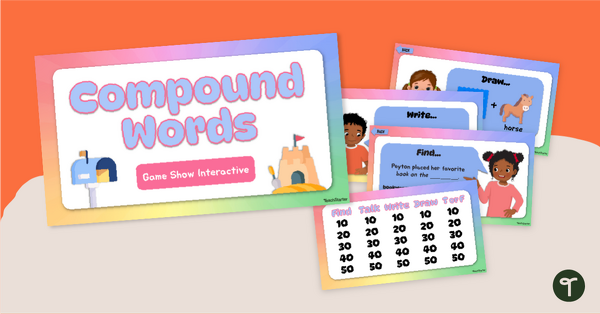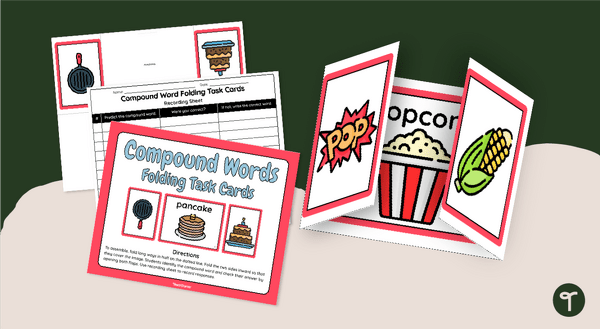Have students explore high modality and low modality language with this matching game to use during your persuasive writing unit.
Match High Modality and Low Modality Language
When writing a persuasive text, high modality language is a must! It is much more convincing to use words such as ‘must,’ ‘will’ or ‘is’ than words such as ‘may,’ ‘can’ or ‘could.’ Students need to learn how to weave high modality language into their statements so that their persuasive writing is as powerful as possible!
The high modality and low modality matching card game has been designed by our expert teacher team to enhance your students’ understanding of this key persuasive writing technique. It contains 18 low modality statements (labeled with the numbers 1 to 18) and 18 high modality statements (labeled with the letters A to R). Students are required to match the low modality statement with the corresponding high modality version of the same statement. For example:
We probably won’t go to the zoo next month. (Low modality)
There is no chance we are going to the zoo next month. (High modality)
This resource contains:
- Instruction page
- 36 matching cards
- Answer key
This resource downloads as a full-colour PDF or editable Google Slides file. It is recommended that you print the resource on cardboard as this will enhance the durability of the resource. Place the cards into a large envelope or ziplock bag and hey, presto! You have a fully prepared, hands-on activity for your next lesson on modal language!
Multiple Uses for These High and Low Modality Matching Cards
There are many engaging ways these modal language matching cards can be used in your persuasive writing lessons. Here are a few suggestions you might like to try:
- Speed Matching Game – Set up a timer and challenge students to match the high modality and low modality statements as quickly as possible. This adds an element of competition and excitement to the activity.
- Creative Writing Prompts – Choose a selection of the high and low modality cards and ask students to incorporate these statements into a persuasive text or speech. This activity encourages them to think critically about the impact of language.
- Gallery Walk – Display the high modality and low modality statements around the classroom. Allow students to walk around, read the statements and match them. This movement-oriented approach keeps students engaged.
Remember to adapt these ideas based on the age group and preferences of your students. The goal is to make the learning experience enjoyable while reinforcing their understanding of modality in language.
Download to Match High and Low Modality
Use the download button above to access the easy-print PDF of the editable Google Slides version of this modal language matching game. (Note: You will be prompted to make a copy of the Google Slides template on your personal drive before accessing it.)
This resource was created by Caitlyn Phillips, a Teach Starter collaborator.
More Examples of Persuasive Writing Techniques
Are you looking for more persuasive writing resources to complement your English planning? Click below for a great sample of teacher-made resources!
[resource:10381] [resource:25874] [resource:24323]












0 Comments
Write a review to help other teachers and parents like yourself. If you'd like to request a change to this resource, or report an error, select the corresponding tab above.